An article by Ar. Suneet Paul
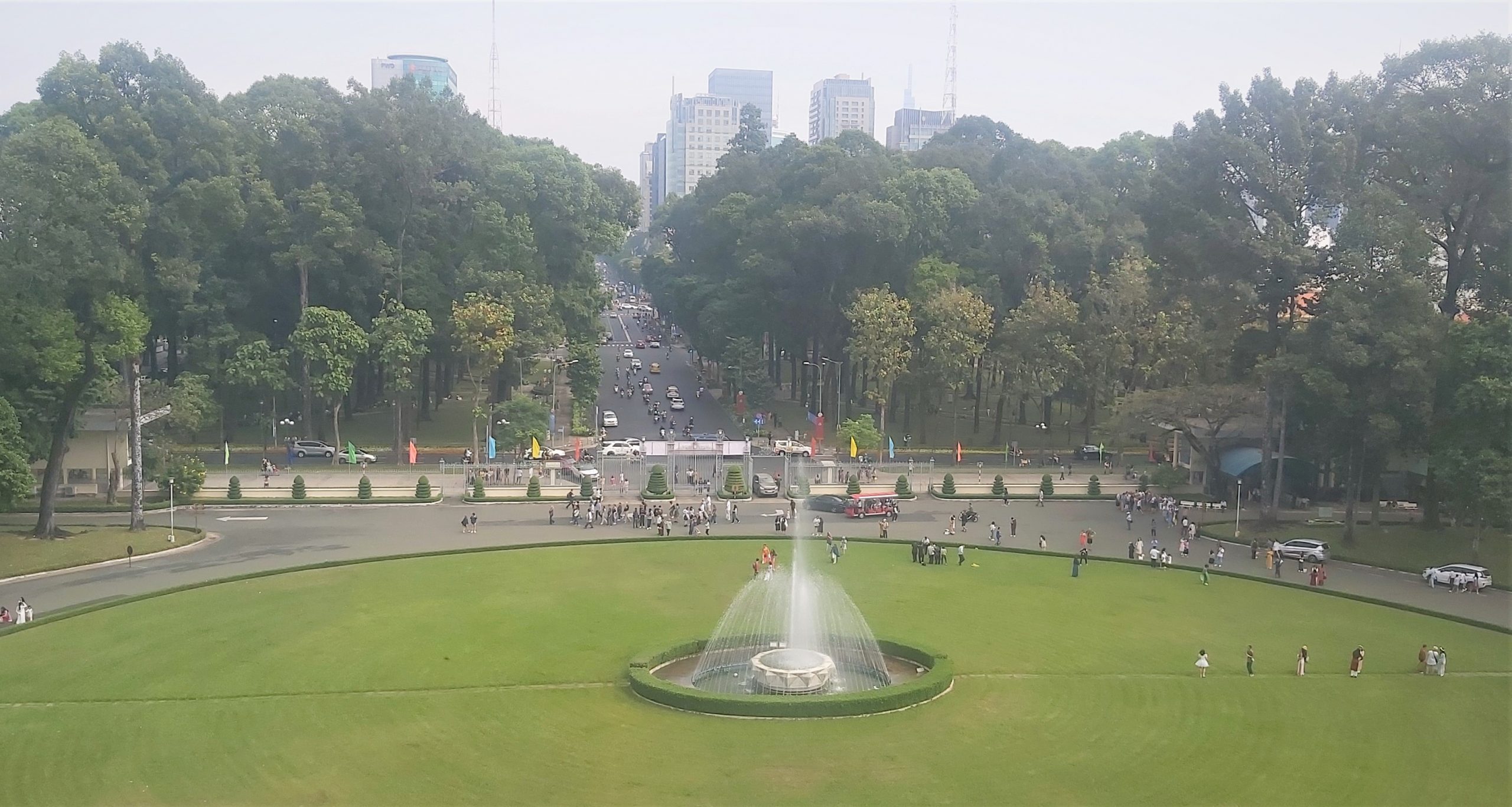
Yes, Vietnam no doubt has a lot to offer – as a culture, charismatic undulating land-profile, and most importantly, as people bear a strong urge of survival and are inherently brave to accept challenges for their country. To witness this country evolving and developing as one of the fastest growing global economies in South-East Asia, even after being war-ridden for over hundred and twenty-five years till as late as 1975, says it all.
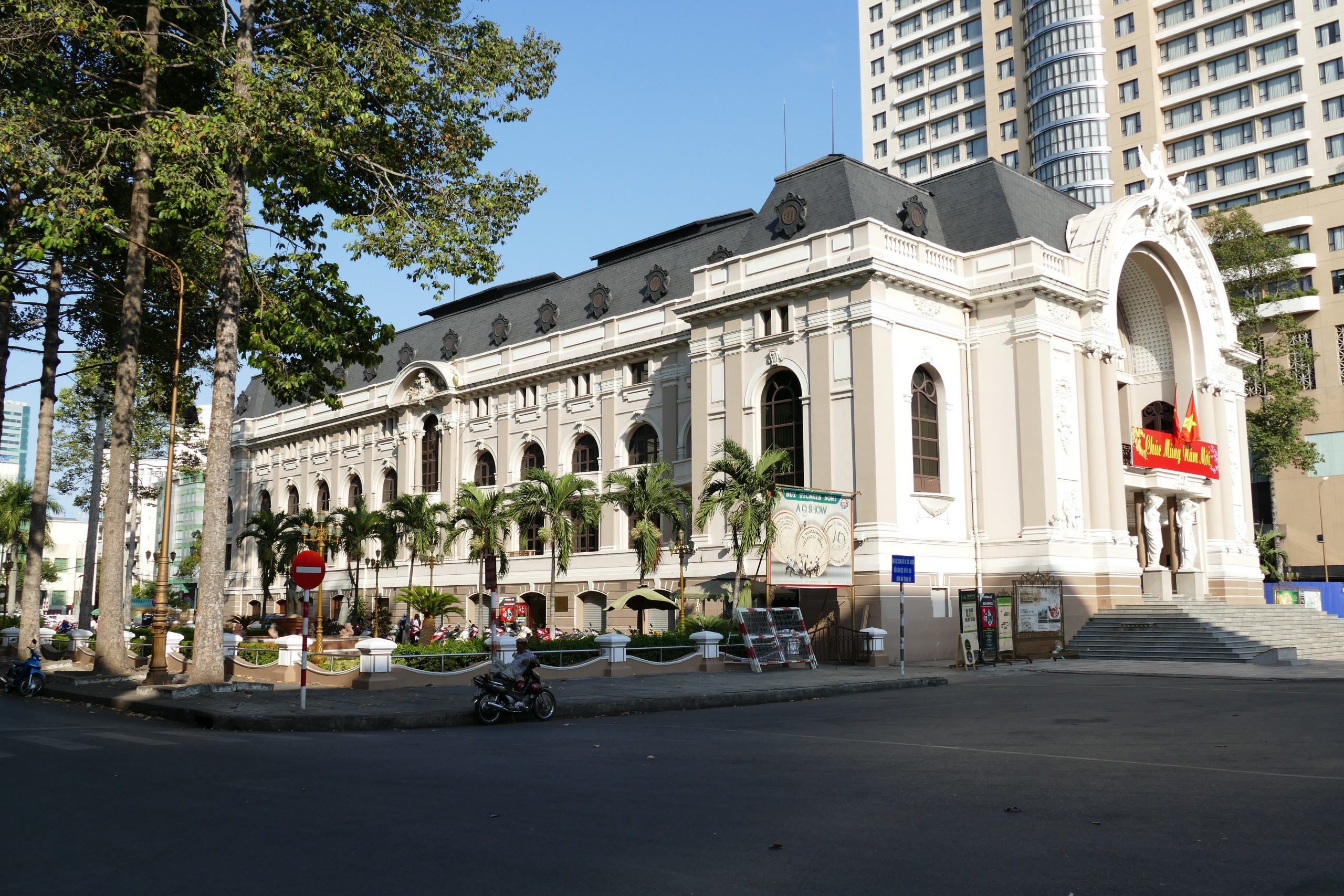
If I could be honest, the Socialist Republic of Vietnam, with a population of around ninety-eight million plus, made me fall in love with her on my recent visit here. The gigantic South China sea provides her the maritime-links with neighbouring countries such as China, Cambodia, Thailand, Indonesia, etc. While working out the itinerary, I was told that there are five main cities of the country – of which three are stand-a-parts: Hanoi the capital in the north, Da Nang (central) and Saigon commonly called Ho Chi Minh in the south. And after the visit, I couldn’t agree more. Last minute advise was to add the lovely quaint and coastal town of Hoi An for a visit- and it turned out to be an invigorating encounter.
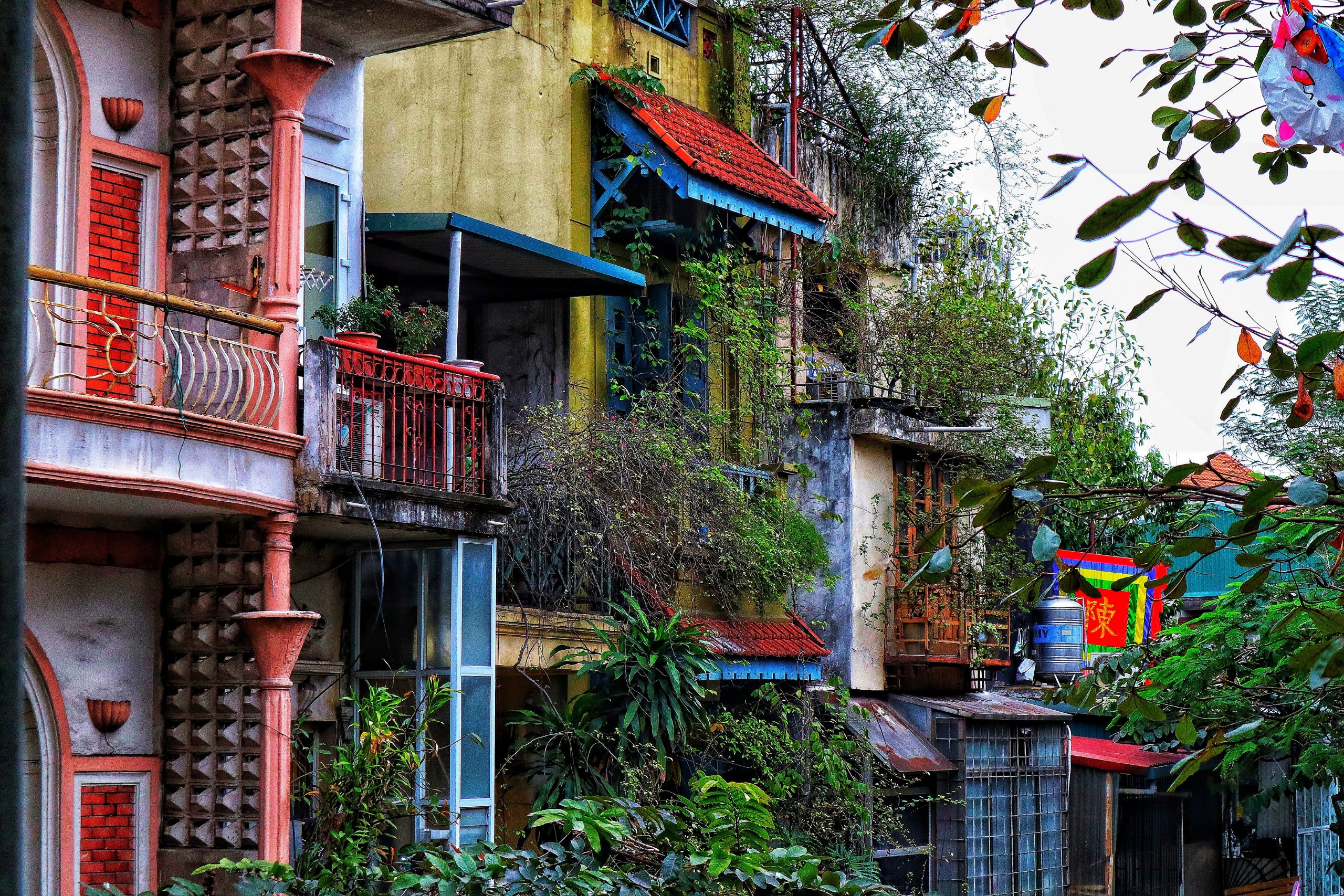
Talk about Hanoi, and immediately sprout images of the stunning stark and raw beauty of the hundreds of odd-shaped limestone giant rocks and karst grottoes of the Halong Bay – of the Gulf of Tonkin and designated by UNESCO as a Nature World Heritage. The around three-hour picturesque drive from Hanoi to the Bay is a pleasant peep to the countryside of large agriculture segments of mainly rice-fields. The cruise of the Halong Bay indeed provides adrenaline-rush images of the untampered creative wonders of unending emerald waters sprinkled with these naturally carved towering rock islands topped with rainforests.
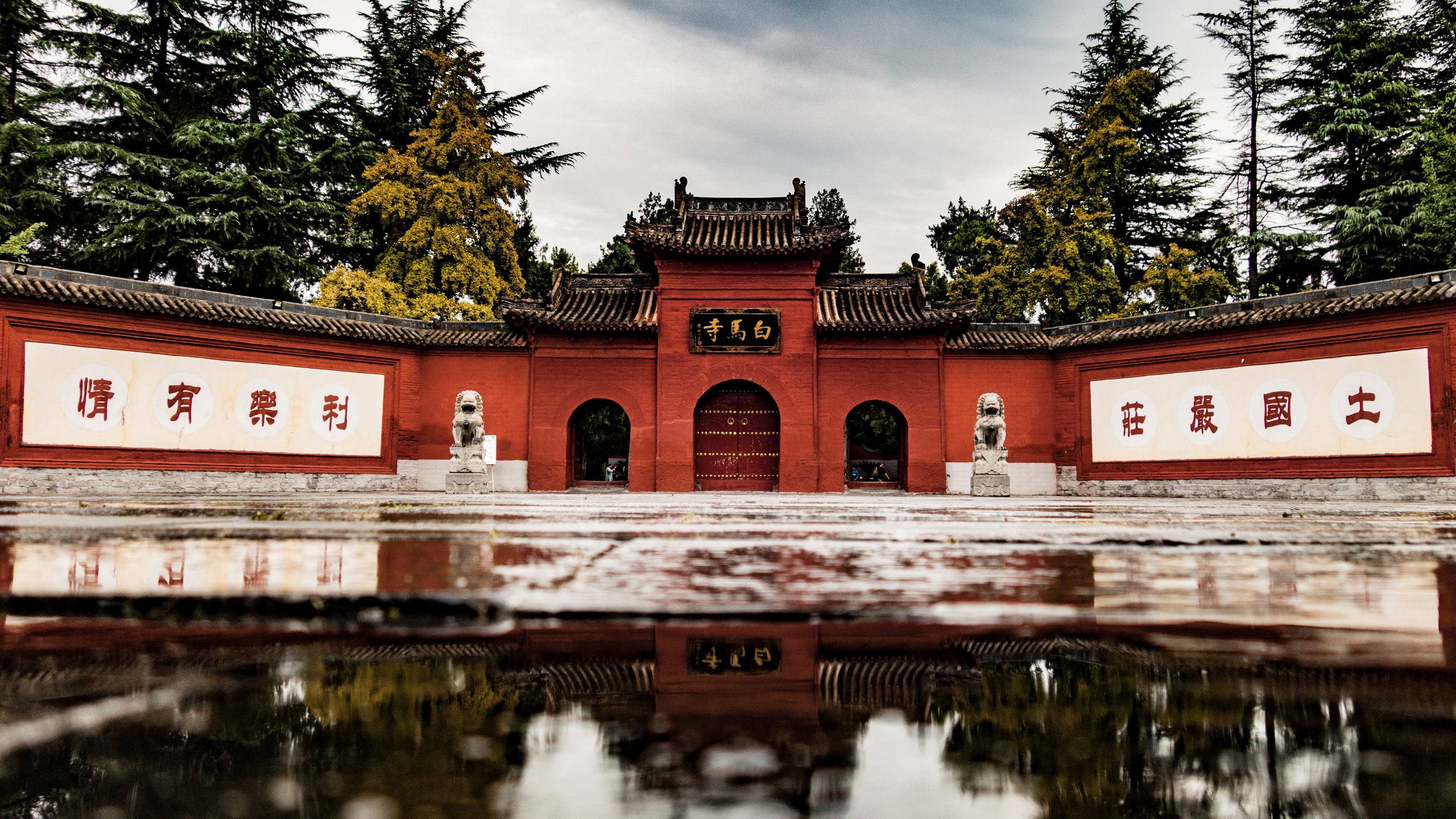
The visit to this Bay would be incomplete without the pulsating trek to the old caves that have existed for thousands of years in the mountains and are said to be inhabited in those earlier times. The well-planned meandering walks with passages that are continuously stepping up and down through narrow tunnels at times, provide some amazing contact with natural stalactites and stalagmites. The play of light and shade, the sheer large-scale volume of spaces in these caves that open into each other- are rare visuals of natural architecture. And, worth mentioning that the trip to the scenic Halong-Bay-on-land, south of Hanoi, is also memorable with the calming boat ride in the well- channelled waterways amidst the surrounding naturally foliated mountains and the limestone karsts. The entire drive to this place, was a fascinating exposure to Vietnamese culture and the charming simplicity in the hinterlands.
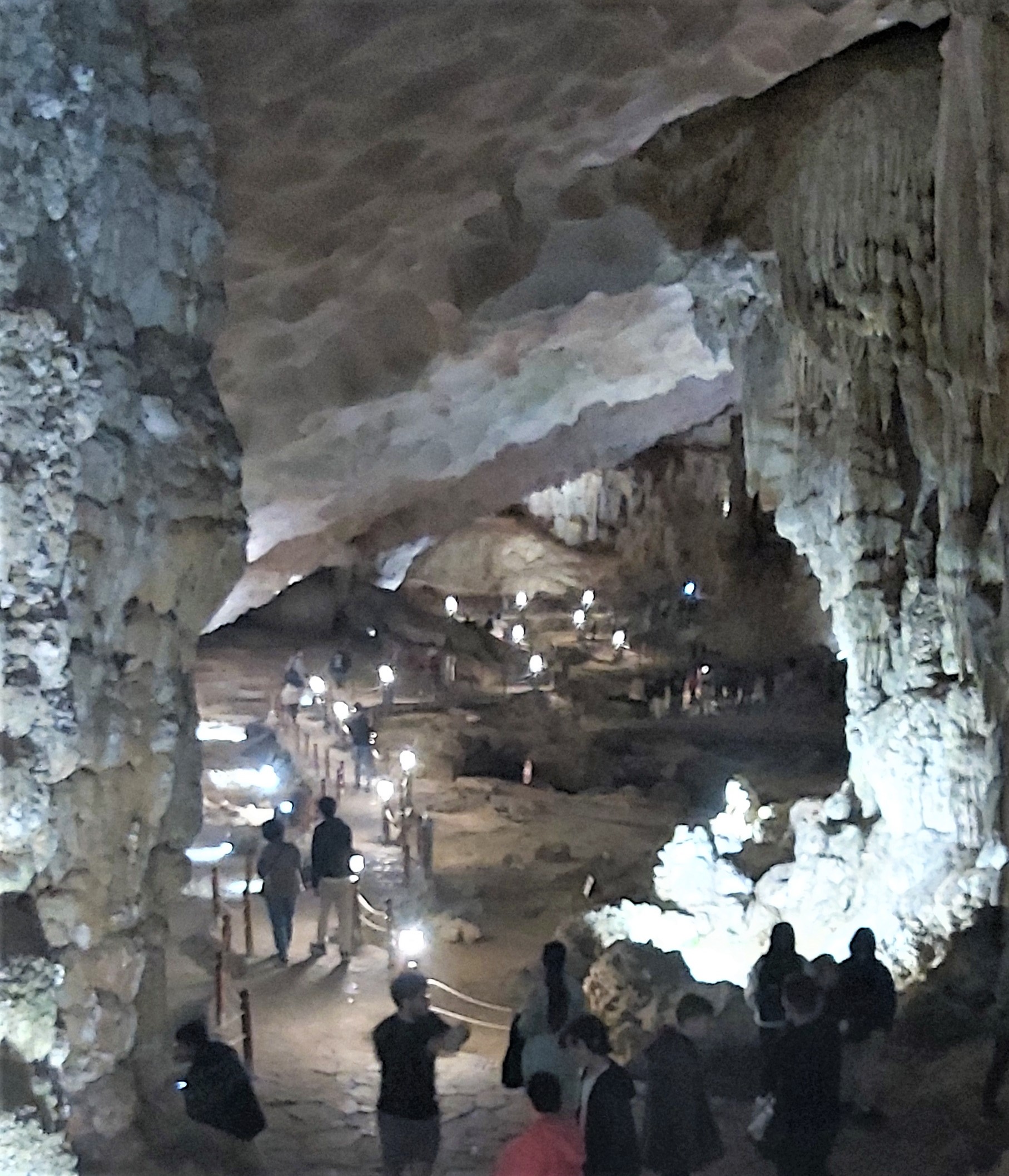
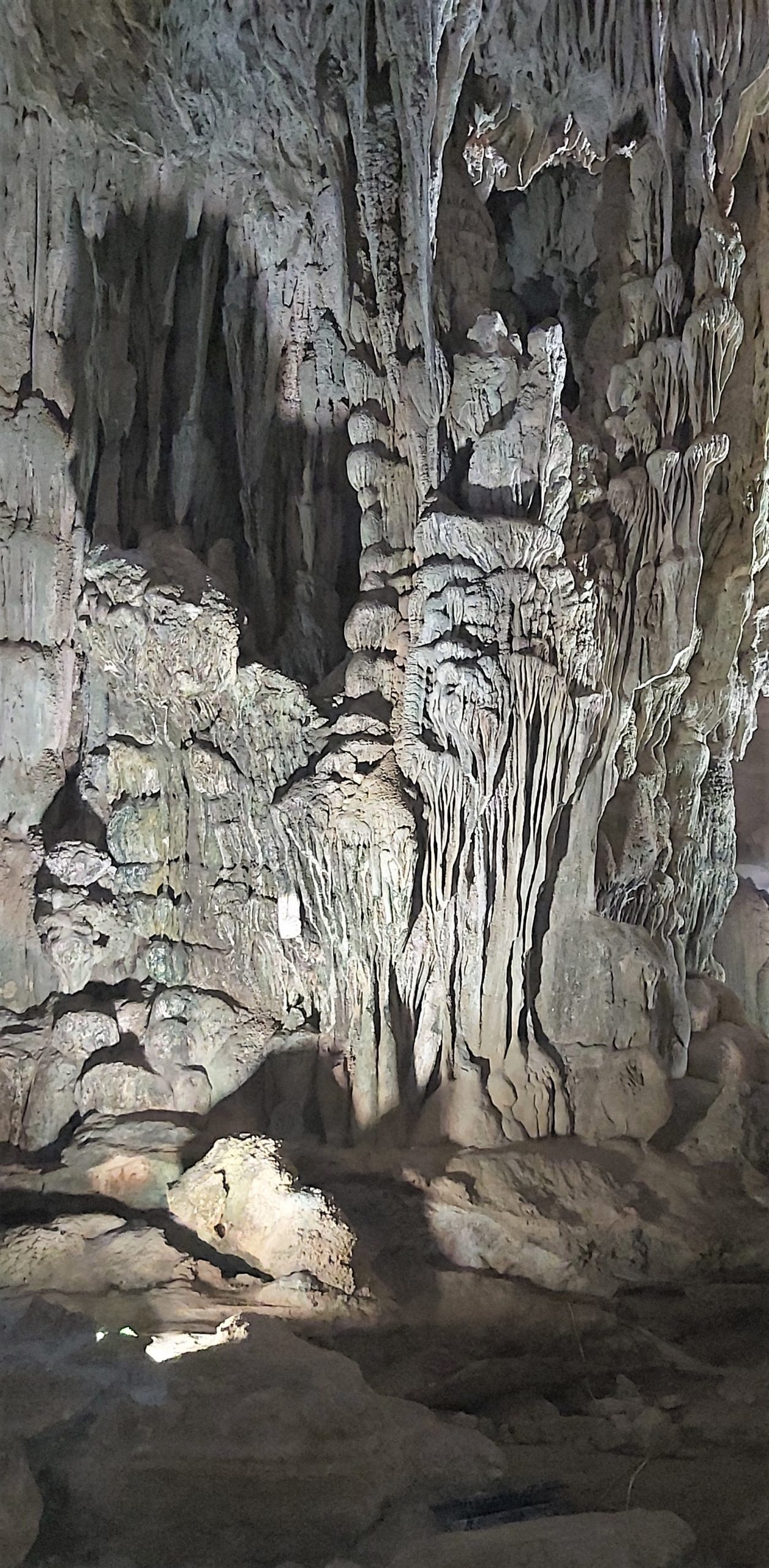
To enjoy any country, it is significant to have insights to her background. Like India, over the centuries, Vietnam too had her share of intruders from other countries who were repulsed. They left behind some scattered cultural glimpses of theirs. The Portuguese came for trade in the fifteenth century, then the French in the sixteenth century. After World War 2, the Japanese were stationed here but for a limited period. Hints of Chinese spiritually can also be sensed in some parts.
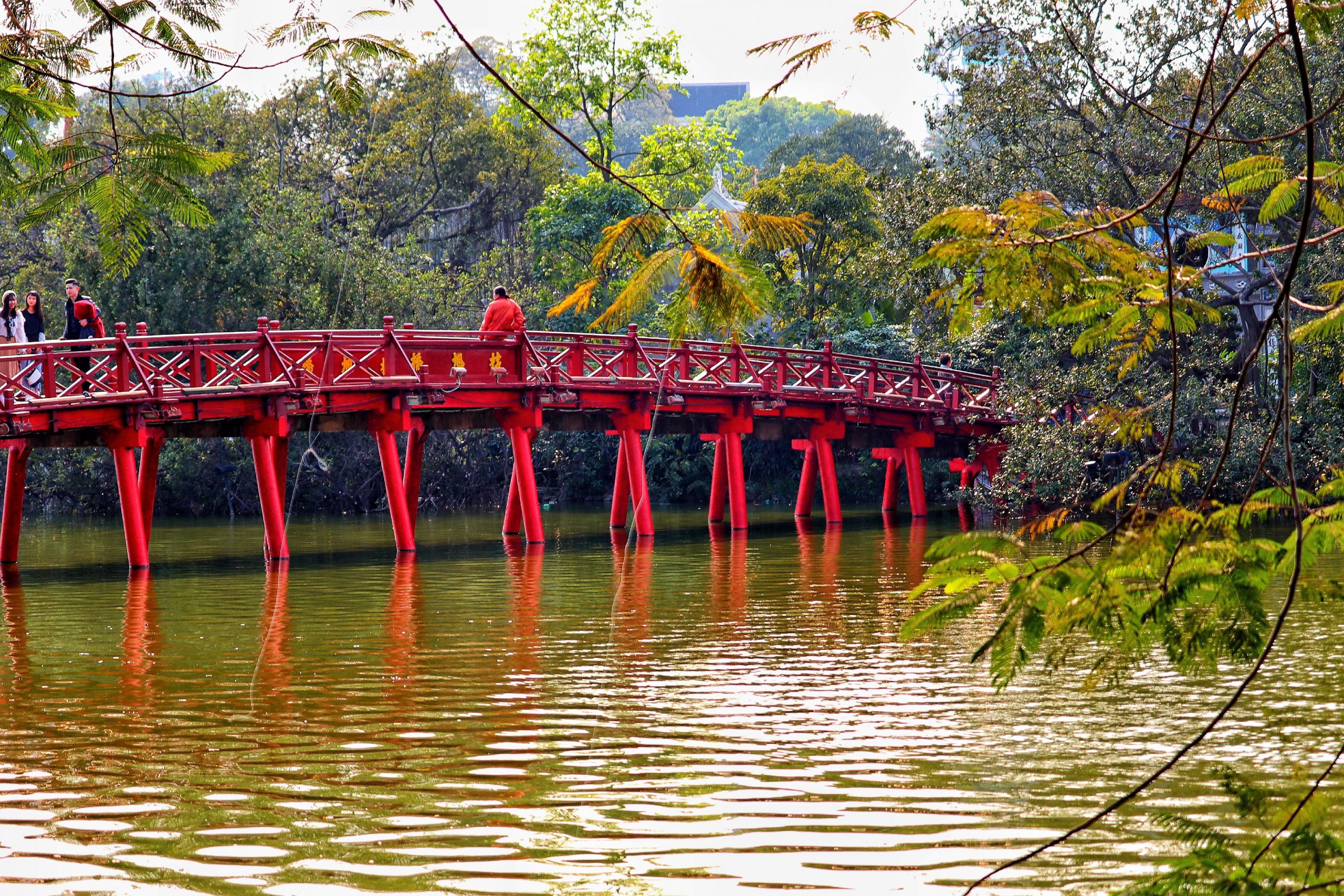
Another turning point in Vietnam was the devastating famine in 1945 which it is said, left around 400,000 dead. But importantly, let’s not forget the crippling war in the twentieth century between communist North Vietnam backed by the Soviet Union and China, and the anti-communist South supported by the physical presence of the USA combat troops in Saigon. It was in 1975 that with the liberation of Saigon(Ho Chi Minh), Vietnam once again was a proud independent country with the re-unification of the North and South of the country. Our guide further informed that stabilization and true economic turn-over commenced only in mid-nineties. This country indeed has seen huge turmoil and conflicts, and has come out of them, primarily because of the strong nationalist pride in the citizens.
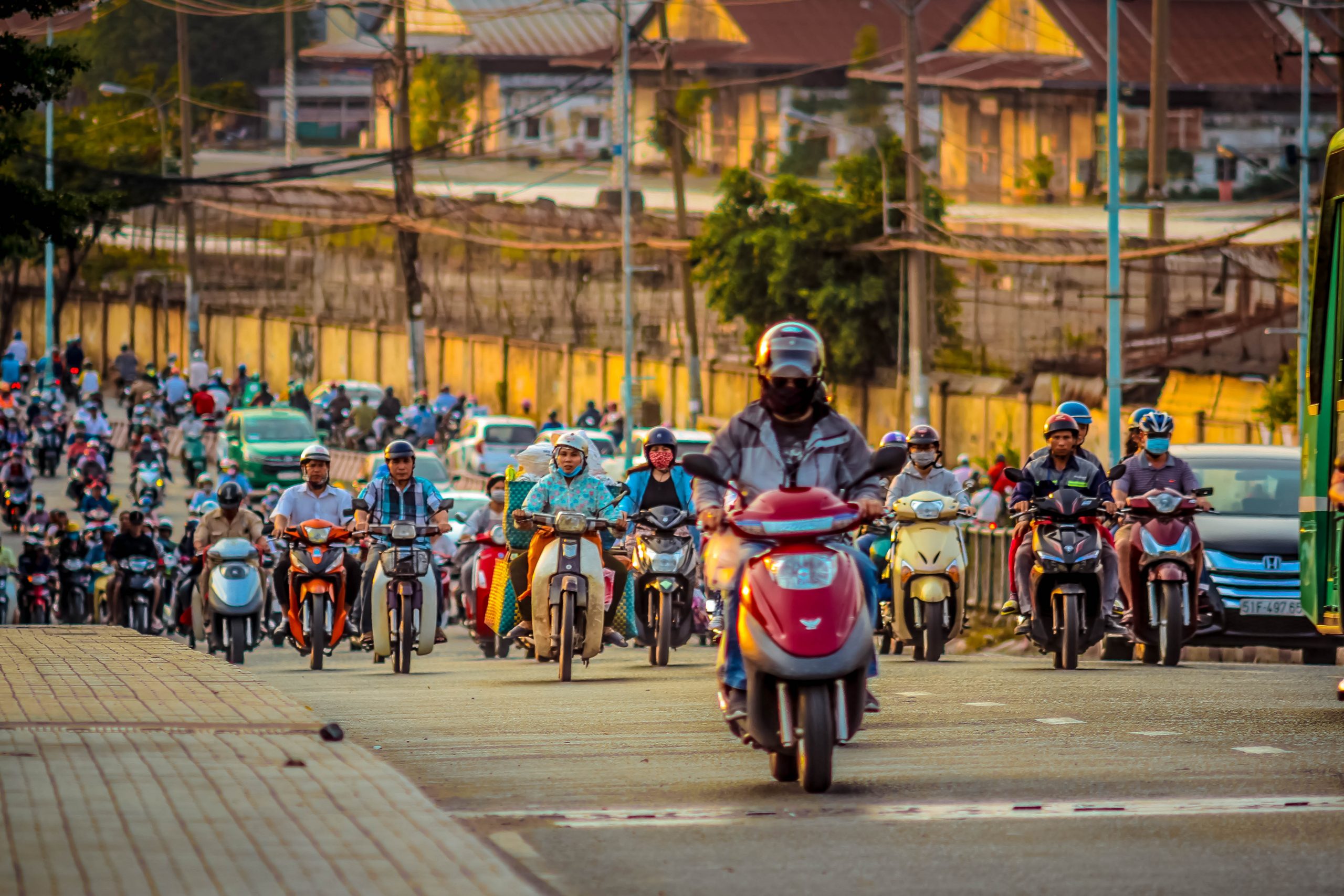
There’s a lot common in the cities of Hanoi, Saigon and Da Nang. For one, the street-sight of a constant flow of two wheelers, which are the main transportation mode for the common man. The second is the tradition of umpteen small coffee/tea shops sprouting on the street-pavements with very cute and extremely low and tiny chairs and tables. “People like to laze around sitting here and the chairs/tables are tiny because the Vietnamese are small people,” explained one of the venders. Our guide further added, “Yes, they are short and thin because in the earlier days, there was great starvation and hardly anything to eat. Vietnamese are now growing bigger in dimensions,” he smiled. Another commonality that stood out is the exhaustively documented war museums. The texts/visuals/films elaborately explain and provide a peep to the intense bravado/suffering during the various periods when Vietnam was at war. And one more unifying aspect not to forget – the social consciousness that catches the eye in these cities to keep their close environs and streets devoid of litter. A facet everywhere that stood out is the display in restaurants of fresh/live amphibious animals in big glass enclosures of water- for customers to pick and choose. Vietnam is no doubt a haven for seafood lovers!
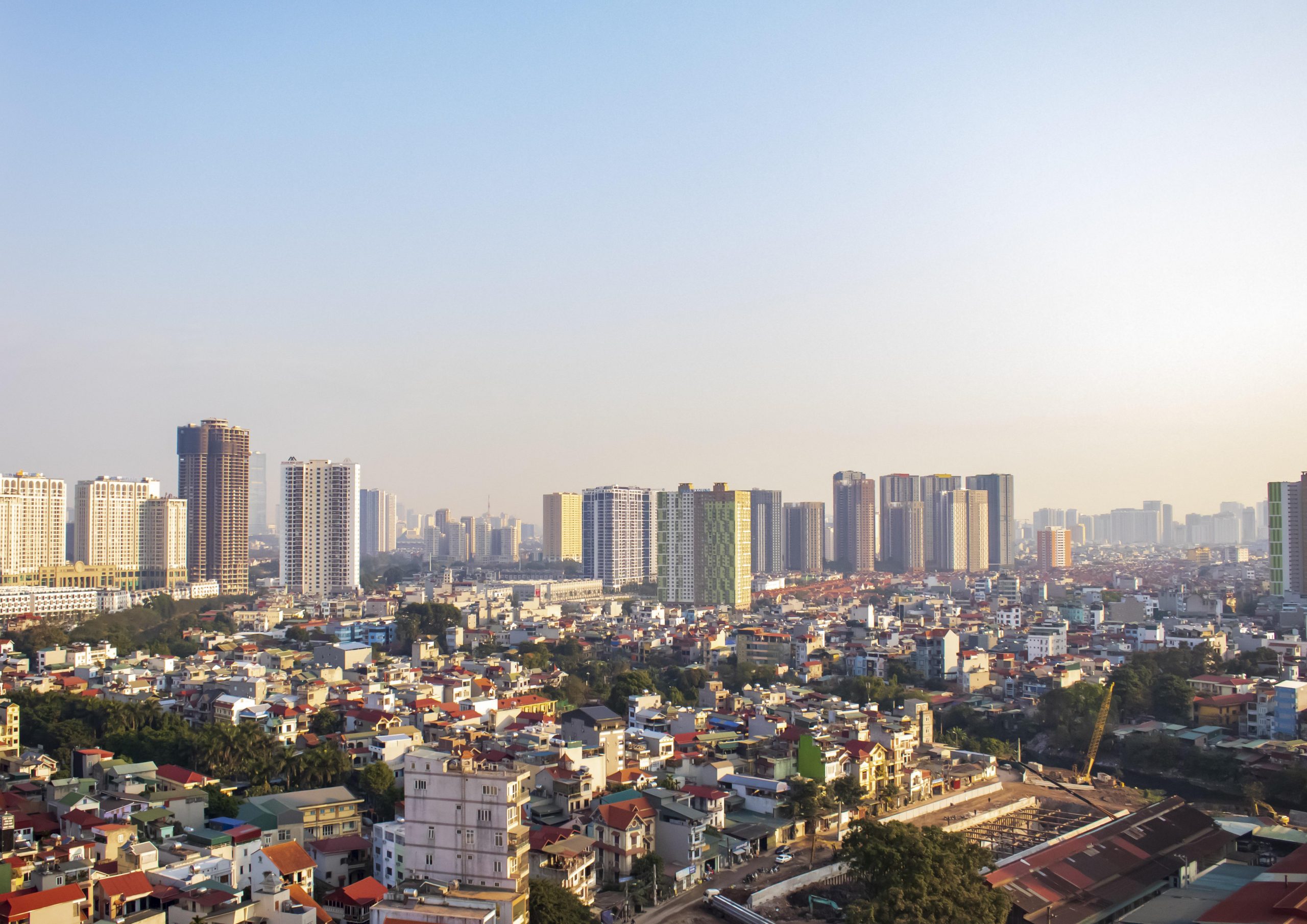
Having had so many diverse countries come and anchor in the country, Vietnamese architecture is a unique blend of the French, Chinese, Buddhist, Japanese and the native architecture. This gets reflected in the various pagodas, the citadels, palaces, gateways, houses, etc. The biggest public space in Hanoi- Ba Dinh Square and the stretch of the centrally located and well landscaped Hoan Kiem Lake, reflect the Vietnamese love for vast urban greens. A walk in the narrow bustling streets in the Old Quarter of Hanoi portray the diversity in everyday life of the locals. And it was no doubt a very cheerful sight with the advent of the festive Vietnamese New Year phase. It goes without saying that the majestic images of the Red River flowing through Hanoi stay back with you.
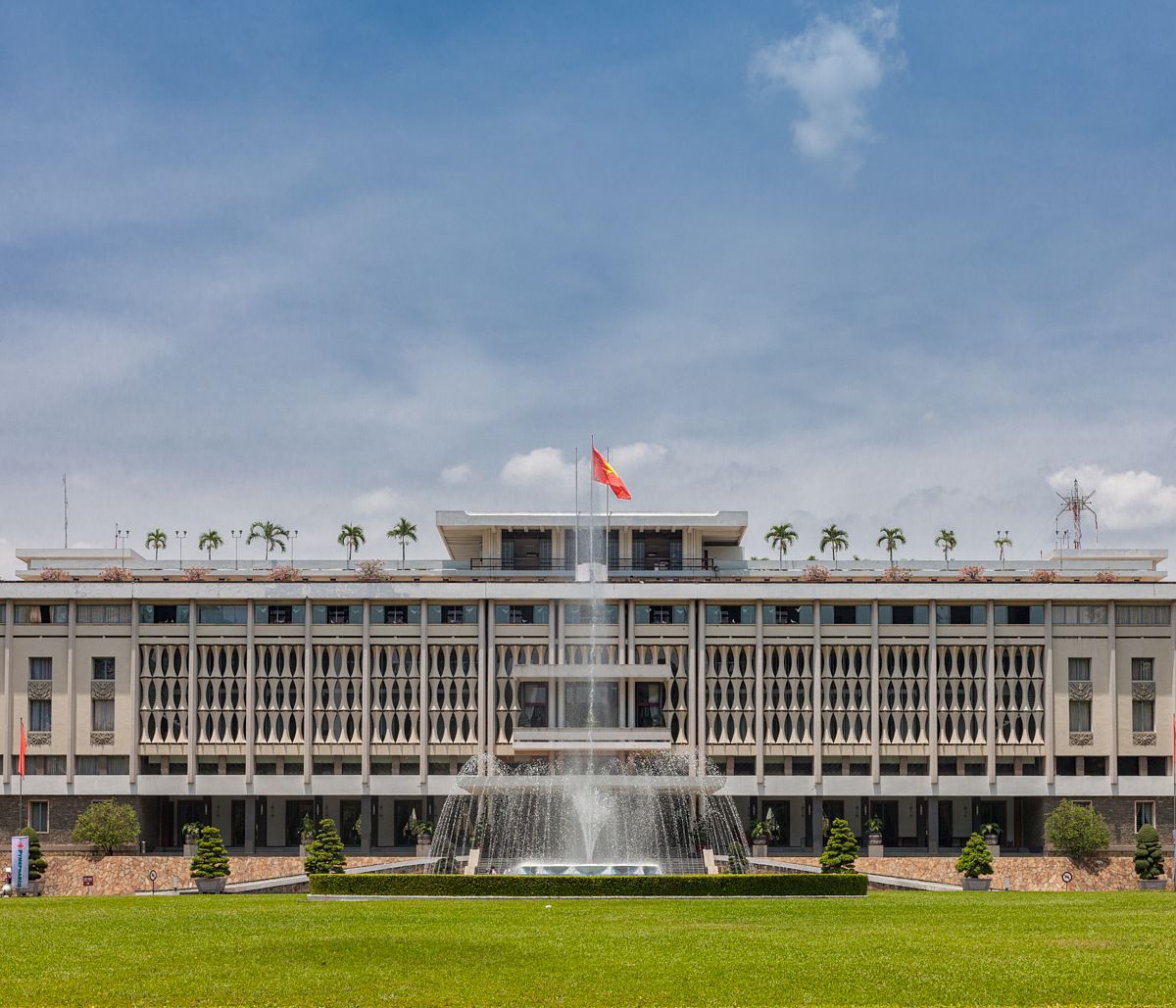
The late twentieth century in this country embraced modern architecture. Brutalist lines are evident on the façade of the Independence Palace, Saigon, and so also on the Ho Chi Minh Mausoleum. Viewing the present architecture of these cities, Vietnam depicts a more progressive approach, with the younger generation wanting to look at architecture with a fresh approach, often wanting to break-away from the Western influences. During a conversation with a young Vietnamese architect, he observed, “We want to experiment and create our vocabulary contextualised to the climate and culture.” Biophilic architecture seems to be being a mark here. Bamboo as a material is being used with greater confidence in large-scaled projects. Come to think of it, the country is a delight for designers and architects.
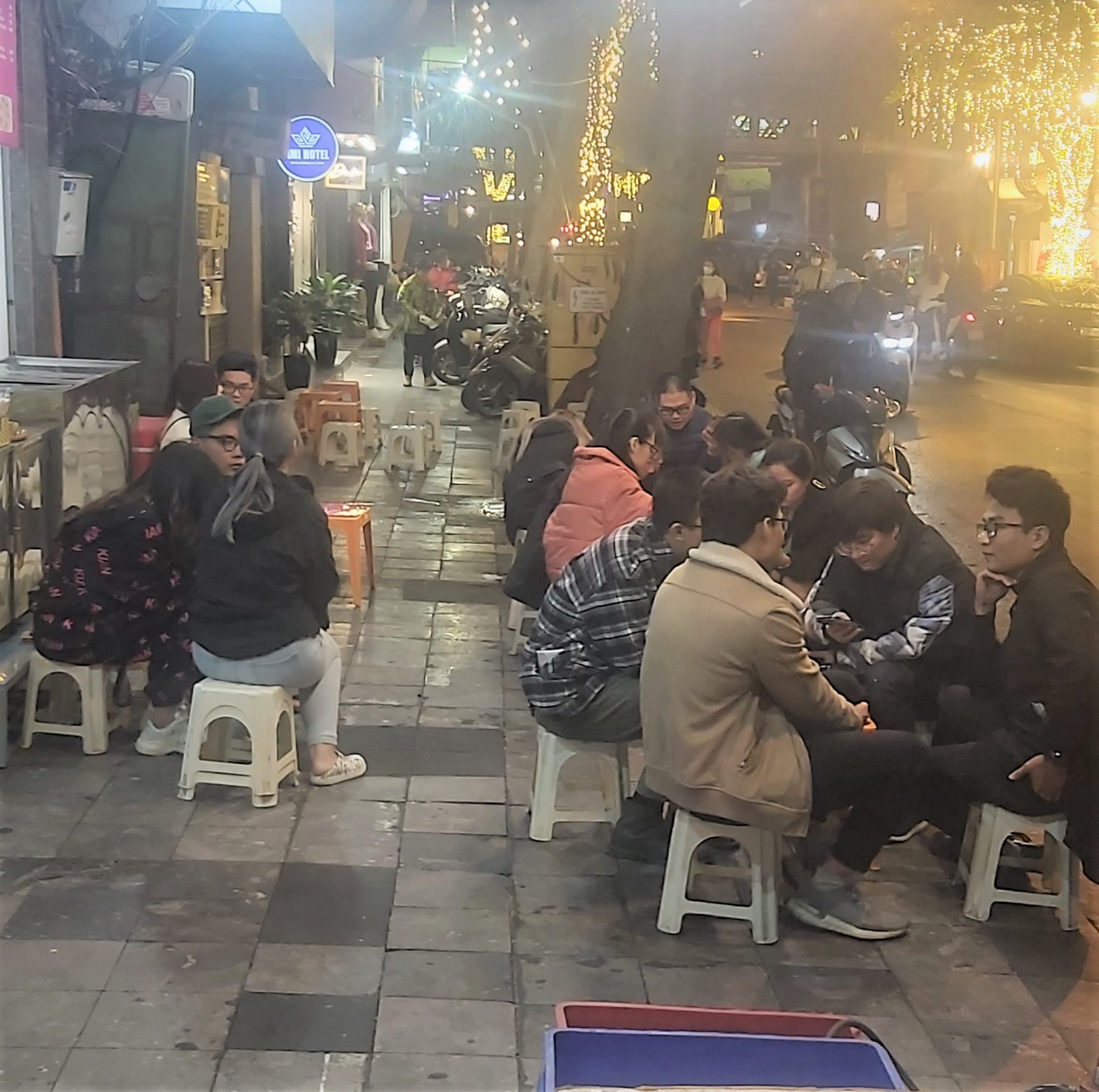
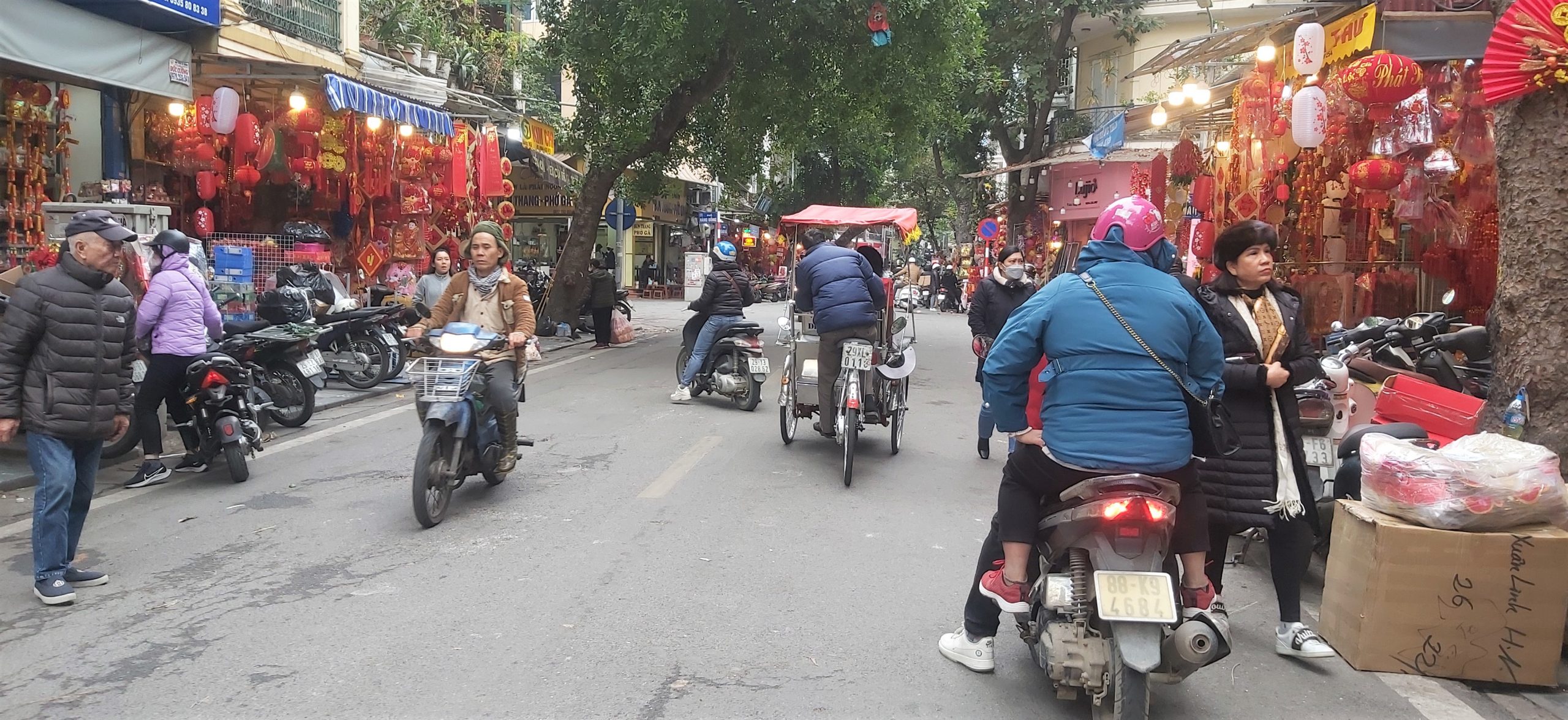
Da Nang enjoys a peaceful and charmingly green and undulating countryside. The ride from the city to Ba Na Hill is a testimony. Worth applauding is the smooth network of cable cars from here to the iconic Golden Bridge and the scenic Thich Ca Buddhist statue complex at 1487m above sea level. Nature lovers will have a lot to absorb here.
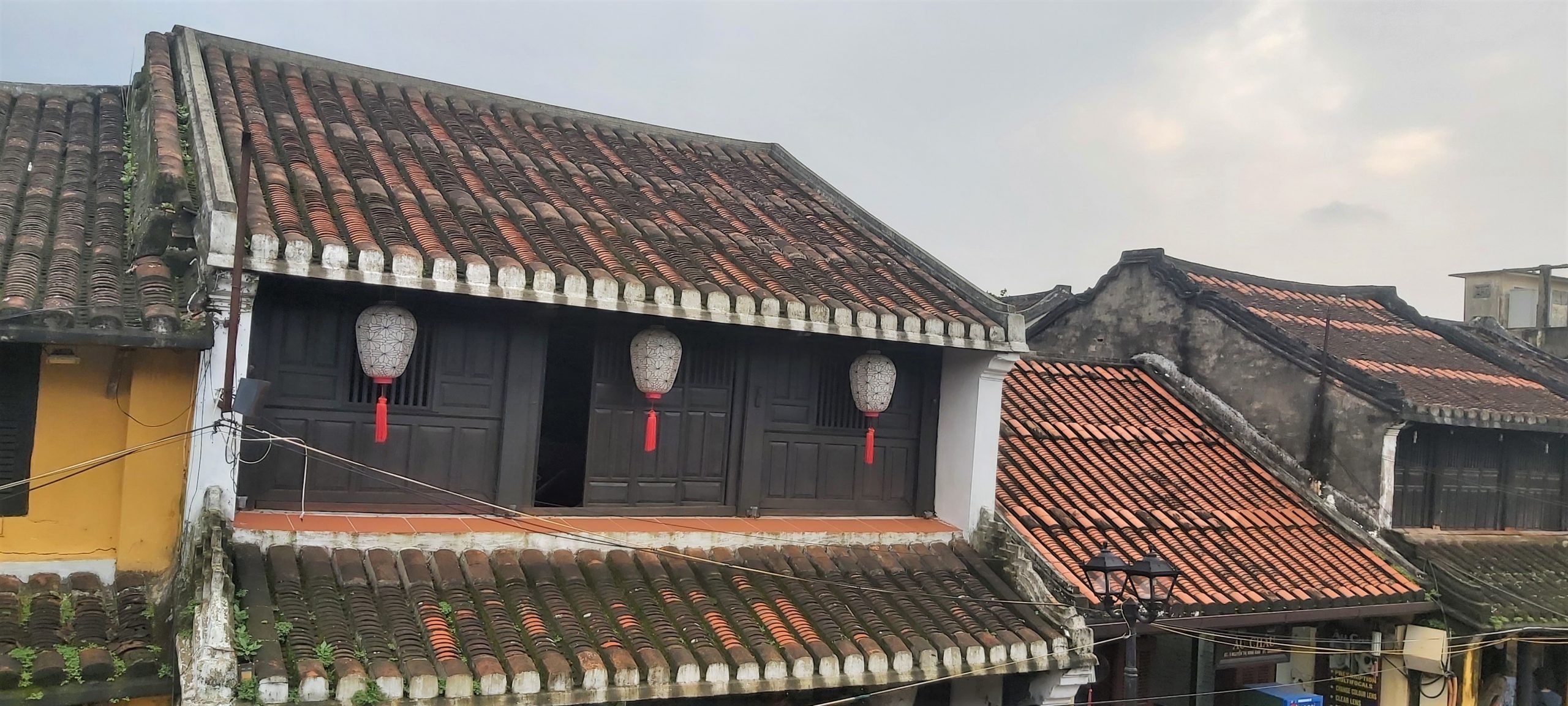
For a traveller with a sharp eye for the vernacular, a visit to the ancient town of Hoi An- a National Cultural Heritage site, would indeed be intoxicating. This small-scaled but prominent trading port in the 15th to 19th century, is a wealth of traditional urban textures. The streets image a fusion of cultures with indigenous flavours in the traditional wooden houses bearing sloping tiled roofs. Chinese and Japanese influences are dominant as evident in the Chinese Assembly Halls and the walk along the tiled Japanese Bridge. The development along either side of the Thu Bon river has a joyous atmosphere with eating jaunts, street food and shopping. Travellers can spend quality relaxed time enjoying the soothing view of the waters with playful marine activities.

The Ho Chi Minh experience is a contrast. And naturally so. This city, the largest in the country and a financial hub, with a population said to be over twelve million, enjoys a vibrant street life. She has treasured her French Colonial architecture such as in the Saigon Opera Hall, the Ho Chi Minh City Hall and the Notre-Dame Cathedral to name a few. The mighty River Saigon adds to the city’s aesthetic glamour. The nearby Cu Chi Tunnels with an intricate network of 200 kilometres of tunnels, exemplify the ingenuity and resolve of the Vietnamese people and army to counter the strong USA military offensive during the Vietnam War. Named after the communist leader Ho Chi Minh who led Vietnam to independence, the city today symbolises the fast-paced recovery of Vietnam after the war. A city of skyscrapers and a busy business centre today, embodies the history of the struggles of the people through her art, craft, architecture and cultural vibrations.
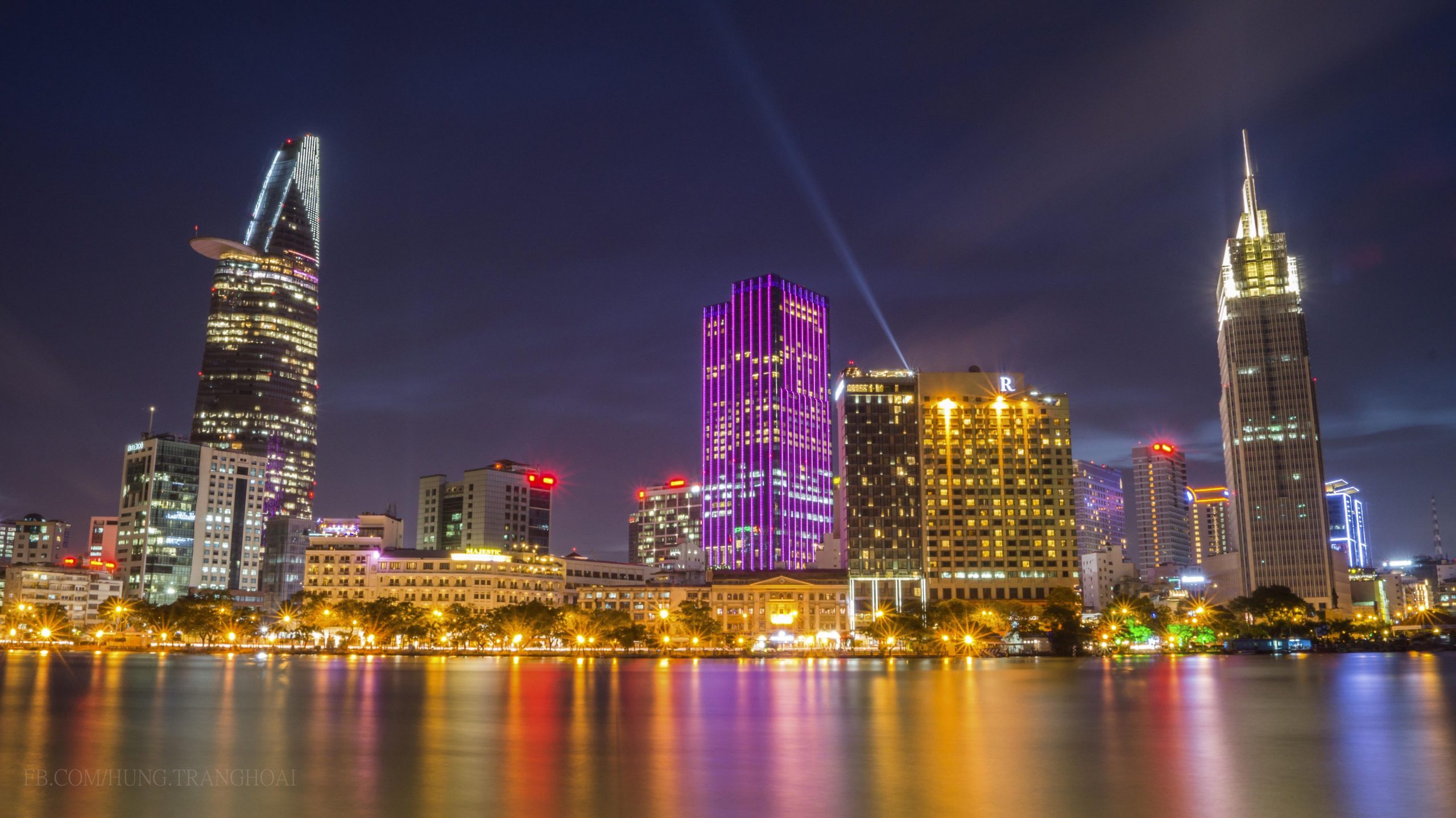
Yes, verbal communication cannot not be so easy in Vietnam as English is not an everyday language for the Vietnamese man on the street. Yes, Buddhism and Catholicism are generally the most practised religions. Yes, nature has been generous here in the flow of the voluminous rivers and well organised water channels that are a visual delight amidst the variety of green foliage in the landscape. As a result, the marine industry is well developed. Yes, the inter-city highways are smooth and road-travel is a pleasure. Yes, the Vietnamese women make their strong presence felt everywhere- retail outlets, restaurants, farmlands, street hawkers, guides, entertainment, you name it… Wonder what the men do?
![]()
And yes of course, one visit to Vietnam is not enough for an explorer to demystify the oriental cultural treasure of thousands of years that this country encapsulates.
(Architect/author Suneet Paul based in Delhi and the former editor-in-chief of Architecture+Design, has an extensive experience in the field of architecture and design. He has written extensively on diverse themes in the profession. He is recipient of two Lifetime achievement awards for architectural writing and journalism, and also the Ukiyoto Author of the Year 2022.)




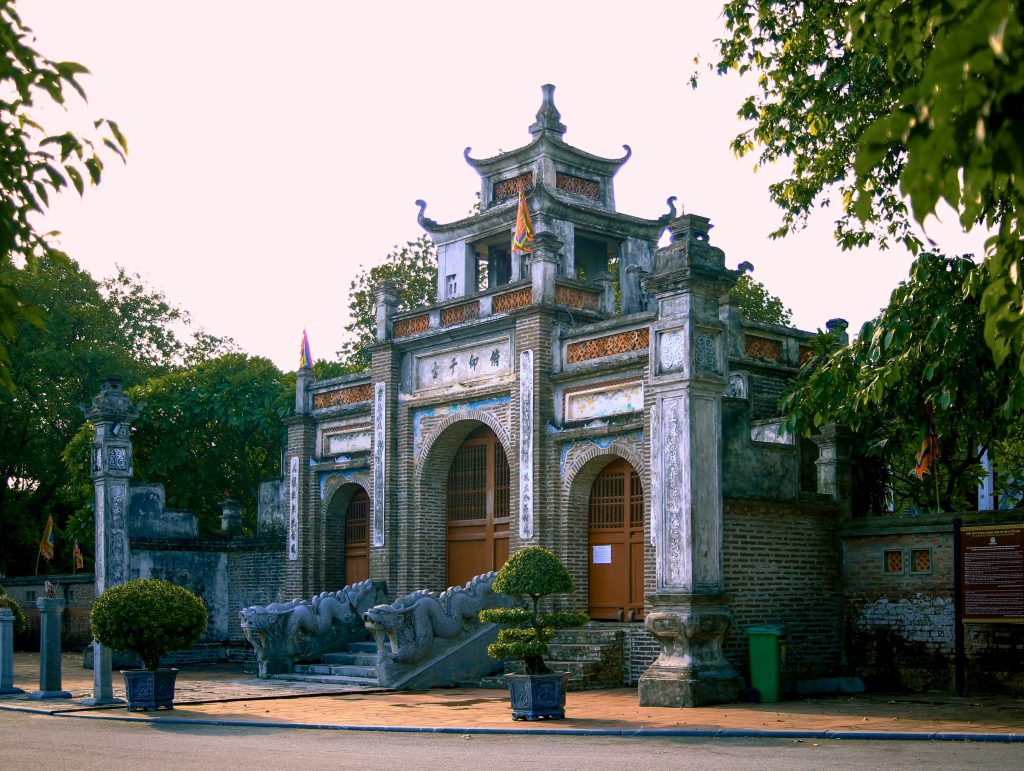
Related Post